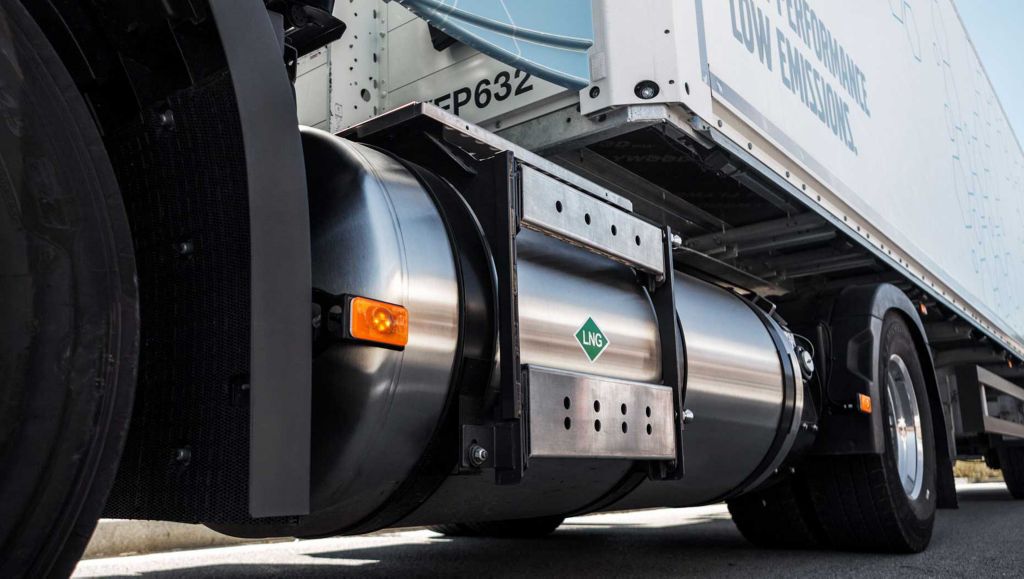Is LNG safe?


Is it simply the name that gives LNG this unwanted status? Or is it that LNG is a relatively new and untried fuel source? Our instinct is to be afraid, but the fact is that LNG is completely non-toxic. Of course all fuels present safety hazards that must be managed. However LNG is substantially less dangerous than gasoline, diesel and other liquid fuels.
So what is LNG and which characteristics may make it safer than other fuel alternatives? It is a cryogenically cooled natural gas (cryogenics refers to materials at extremely low temperatures). The gas is liquefied to reduce volume for shipping and storage. It consists of methane, but can contain up to 10 per cent ethane and propane. Methane vapors are lighter than air and dissipate quickly, leaving zero residue. They are also non-explosive in open air and completely non-toxic. If spilled in water, LNG does not pollute or harm aquatic life. This is in stark contrast to other highly toxic, more flammable liquid fuels.
There is widely held belief that LNG is prone to catching fire but how flammable is it really and in which circumstances is it liable to catch fire? It’s highly unlikely you’ve ever tried, but LNG is difficult to ignite. In fact, between 5 and 15% air-to-fuel LNG must be heated to 580 degrees Celsius in order to burn. And even then it will be a slow burn rather than an explosion. The main risk of human contact with LNG actually comes from it being so cold – in gas form it can be as cold as minus 162 Celsius. Those coming into contact with it must wear protective clothing, goggles and gloves.
There is inevitably much focus on the safety of LNG in transit. Tanks used to transport LNG on trucks are double-walled and extra thick to keep the LNG cold which also means that they are stronger and more robust than tanks used for other fuels and chemicals. In fact, during a collision between two trucks in Belgium a couple of years ago, the LNG tank remained intact despite a collision and severe fire resulting from a ripped open diesel tank and diesel catching fire.
All this is not to say that LNG is entirely safe in transit. Breathing in methane vapors in an enclosed space is to be avoided. Also, if LNG is spilled inside a contained area where the vapors cannot dissipate then there is a greater chance of ignition.
The future of LNG as a sustainable fuel alternative is dependent on availability and potential for production. As it can be readily produced from bio-methane, this natural gas can be classed as a renewable fuel. It is progressively taking a larger share of the global gas trade, and the enviable safety record will surely not harm this trend.

Anna Wrige Berling works as Traffic and Product Safety Director at Volvo Trucks.